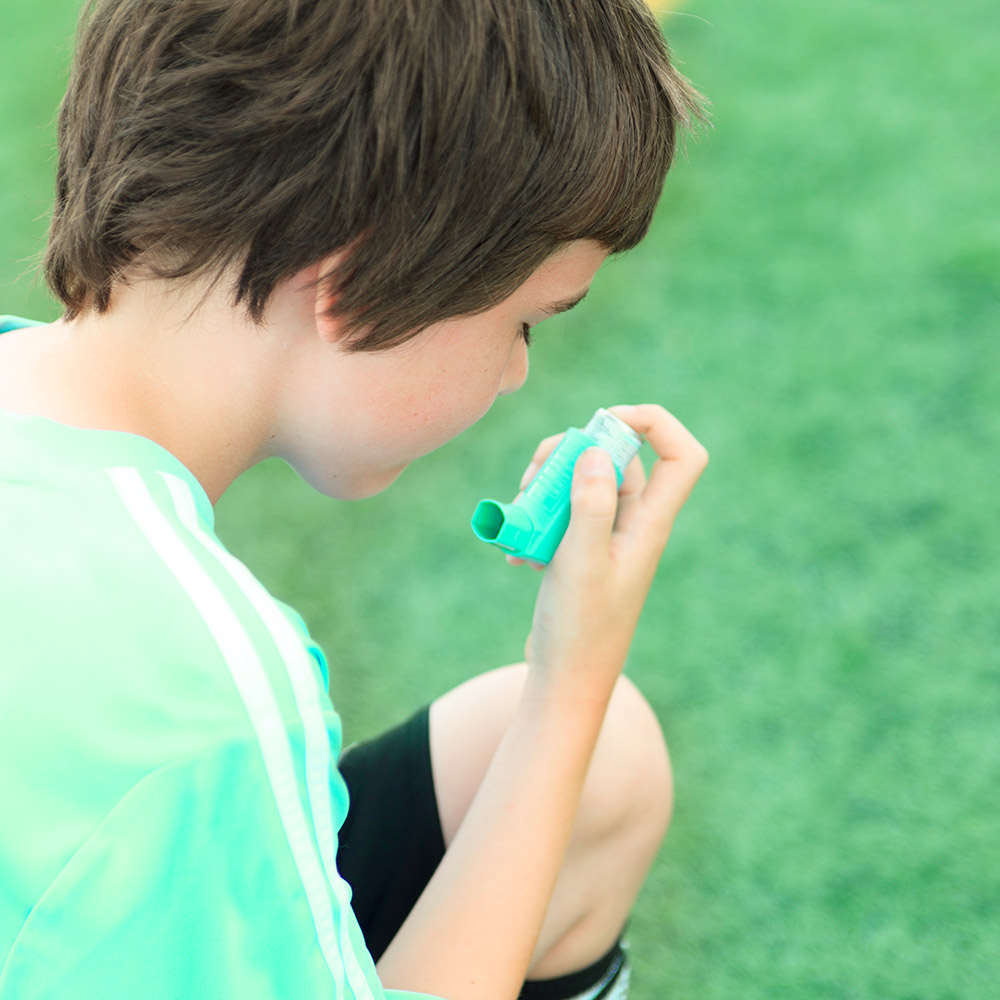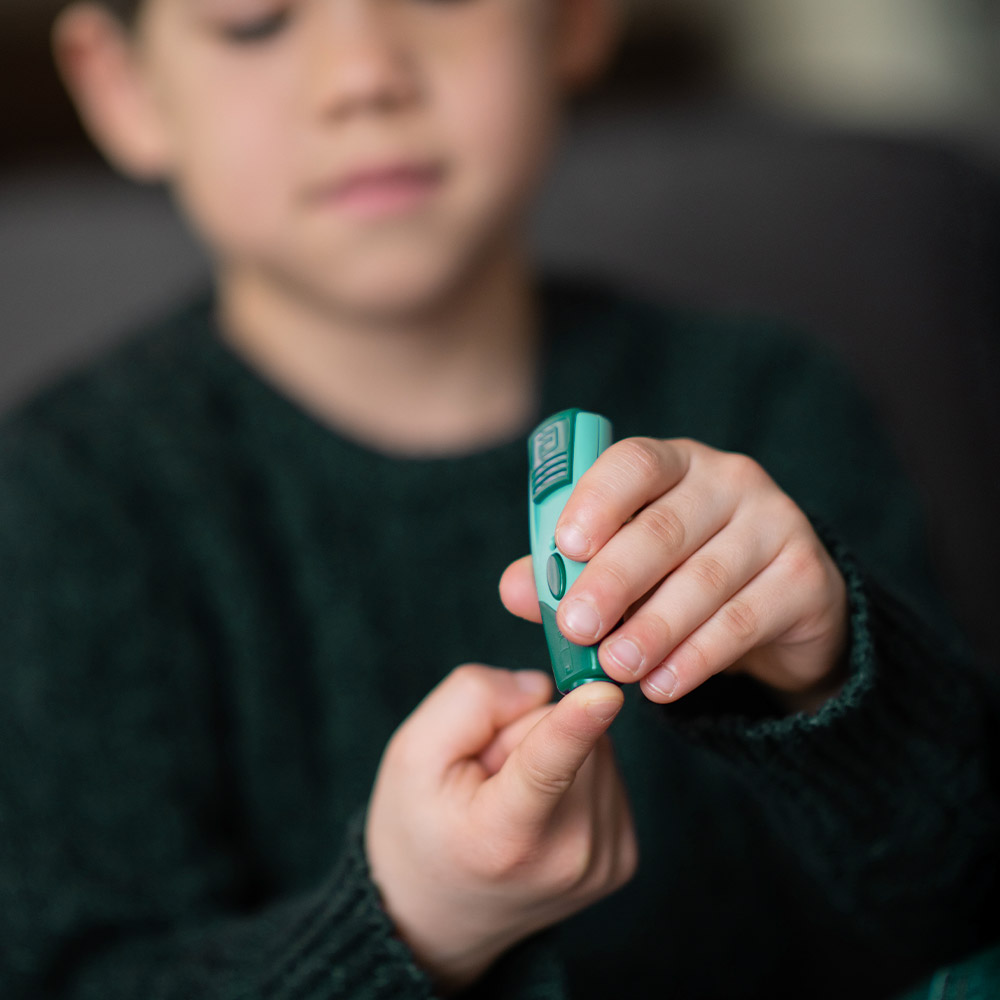
Chronic conditions (Long Term Physical Health Conditions) are defined by the World Health Organisation as requiring ongoing management over a period of years or decades.
Chronic Conditions are often controlled with the use of medication or other therapies. They embrace a wide range of health conditions which include, according to the International Statistical Classification of Diseases and Related Health Problems (IDC-10) (WHO, 2016International Statistical Classification of Diseases and Related Health Problems (IDC-10).):
I Certain infectious and parasitic diseases
II Neoplasms
III Diseases of the blood and blood-forming organs and certain disorders involving the immune mechanism
V Mental and behavioural disorders
VII Diseases of the eye and adnexa
VIII Diseases of the ear and mastoid process
IX Diseases of the circulatory system
XI Diseases of the digestive system
XII Diseases of the skin and subcutaneous tissue
XIII Diseases of the musculoskeletal system and connective tissue
XIV Diseases of the genitourinary system
XV Pregnancy, childbirth and the puerperium
XVI Certain conditions originating in the perinatal period
XVII Congenital malformations, deformations and chromosomal abnormalities
- Use medical support in the form of health elucidation (for the children, the teachers and the parents), e.g. leaflets informing about the positive effects of physical activity with bronchial asthma. (AAsthma)
- Ensure that medication is easily accessible.
(A)(DDiabetes) - Provide support that allows taking preventive and relieving measures independently, e.g. a mat which can be used as a pause area. (A) (D) (OObesity)
- Develop a friendly and supportive ethos within the lessons.
- Provide space for children to take time-out if required.
- Avoid exposure while practising, e.g. let children demonstrate learning results in small groups.
- Teach children how to understand their limits and be able to effectively self-evaluate.
- Use differentiation to encourage children to choose their own level of difficulty whilst encouraging challenge.
- Adapt games and activities to make them developmentally appropriate for all children.
- Listen to the child’s voice. Trust that the children know their limitations and support them to gauge where they are comfortable rather than prescribing what they can or cannot do – strengthen self-assessment and self-regulation.
- Value diversity and consider equity of experience for all children.
- Encourage the children to take responsibility for their own health and medication requirements. (AAsthma)(DDiabetes)
- Be alert to external signs (e.g. complexion, drowsiness, responsiveness, respiratory flow, perspiration). (A) (D) (OObesity)
- Identify supports and strategies to meet individual needs as recommended by the child, their family/carer and other professionals. These may include use of IT, the implementation of a time out card (which allows pausing when needed). (A) (D) (O)
- Consider exploring the features and implications of relevant chronic conditions with all children (being sensitive to not single out individuals). (A) (D) (O)
- Encourage peer support.
- Ask the child what kind of support they require.
- Build trust so that children can ask for help.
- Avoid group pressure and offer individual learning opportunities as an alternative.


Disease of the respiratory system
Before the start of a running game, the teacher announces to the group that the game can be very tiring without any breaks in movement. Paul, having asthma, has informed the teacher that he needs support and therefore schedules, together with the teacher, regular breaks. Both arrange a hand signal for the duration of the game, which indicates an individualised break, in which Paul walks slowly round the hall before he re-enters the game.
Endocrine, nutritional and metabolic disease
The teacher suggests that when jumping on a large trampoline, Roberta should always take a short break when she feels she needs it by slowly walking three laps around the trampoline. The classmates build a box staircase in front of the trampoline for Roberta, but all students may use it. This serves as an aid when leaving the trampoline, as it is difficult for Roberta when descending from the trampoline without assistance. Consequently, she can perform the task on the trampoline without regularly depending on the teacher’s support.


Endocrine, nutritional and metabolic disease
It is important to remember (not only for the teacher but for the whole class) that everyone is different and that what might work for one child with diabetes, might not work for another. It is also important to be aware that managing diabetes involves close monitoring of food intake, insulin and physical activity, and that after initial diagnosis it can be a process of trial and error to establish an appropriate balance. To develop an understanding of Lucy and her diabetes, the teacher meets with Lucy, her parents/carers and the specialist diabetes nurse, if available. Through this discussion the characteristics and risks of the diabetes along with the benefits of being physically active are identified: reduces blood pressure, lowers the levels of fats in the blood, keeps the heart healthy, and may help to improve blood sugar levels (also known as blood glucose). Having this exchange in mind, the teacher introduces the game “kinball”. The game is less physically demanding and encourages teamwork so may create a situation in which Lucy feels comfortable to engage in physical activity. The teacher and Lucy can therefore discuss the choice and maintain regular communication throughout the PE lessons to support her to monitor how she is feeling. The teacher ensures that she knows where the medication is being stored and that it is readily available. Depending on the severity of the diabetes or the stage of diagnosis, it may be appropriate to have a teaching assistant or parent/carer present within physical education lessons. This can be decided together with the child and parent/carer.
Disease of the nervous system
As Peter likes swimming, the teacher uses this interest to engage him more in physical education lessons. The teacher suggests playing water games, for example an adapted water polo in shallow water. This enables the teacher to see how Peter interacts with the team within a physical activity context he is more comfortable with. The teacher encourages Peter to play actively as he is a good swimmer and as a result, he experiences success through scoring goals. Feeling success increases Peter’s self-confidence and makes it easier for him to interact with his team. Peter and the teacher can then work together to build on Peter’s increasing confidence to participate in other team games.

Bundeszentrale für gesundheitliche Aufklärung (Ed.) [n. d.]
Chronische Erkrankungen als Problem und Thema in Schule und Unterricht. Handreichung für Lehrerinnen und Lehrer der Klassen 1 bis 10 (Reihe Gesundheitserziehung und Schule). [Chronic diseases as a problem and issue in school and teaching. Guidance for teachers in grades 1 to 10 (series Health Education and School)]. Köln.
- GERMANY: Information on chronic diseases and suggestions on how to deal with chronically ill children and adolescents at school and to discuss illnesses in class 1 to 10. It is the primary goal of the booklet to make teachers feel more confident in dealing with children suffering from a chronic condition and in classes where a child with a chronic illness is to be included.
Durlach, F.-J., Kauth, T., & Lang, H. (2006).
Journal of Physical Education, Recreation & Dance
Das chronisch kranke Kind im Schulsport – Handreichung für Sportlehrerinnen, Sportlehrer und Eltern [The chronically ill child in school sport – handout for physical education teachers and parents]. Stuttgart: Ministerium für Kultur, Jugend und Sport Baden-Württemberg.
- GERMANY: Unfortunately, children and adolescents with chronic conditions such as asthma, epilepsy, diabetes mellitus and heart defects are often exempted from school sports because many parents and teachers have concerns about the ability of children and adolescents to exercise and play. The booklet provides guidance on inclusive practice for both physical education teachers and parents.
UK NRW (Unfallkasse Nordrhein-Westfalen) (2016).
Gemeinsames Lernen im Schulsport. Inklusion auf den Weg gebracht. Band 1 – Grundlagen [Joint learning in school sports. Inclusion brought on the way. vol. 1 – Basics] (Prävention in NRW, no. 71). Düsseldorf: UK NRW.
- GERMANY: Chapter 6: Pupils with health crisis and/or with chronic disease
Žnidarec Čučković, A. (2018).
Inclusive and innovative approaches to physical education and sports training. Good practice handbook for the sports movement. Strasbourg: Council of Europe Publishing.
- Council of Europe: Recommendations based on inclusive approach in physical education and sport. The idea of the publication is to show teachers in physical education lessons how to look at inclusive aspects and what are the basic principles of inclusion in PE.
The Global Asthma Report 2018
International, the resource gives general information on asthma with data and statistics. Its purpose is to raise awareness about asthma.
Walker, T. J., & Reznik, M. (2014)
In-school asthma management and physical activity: children's perspectives.
USA, this article presents the regular physical activity (PA) as an important component of paediatric asthma management. Not many studies have examined how in-school asthma management influences PA from children's perspectives. The aim of this study was to explore children's perceptions of the impact of in-school asthma management on PA.
Hessisches
Kultusministerium
(Ed.) (2015). Sportunterricht inklusive
Entwickeln, Planen, Durchführen [Inclusive physical education: Developing, planning, implementing]. Frankfurt: Hessisches Kultusministerium. GERMANY, best practice examples, can be ordered online.
Source
(International online resource
centre on disability and inclusion)
Toolkits / Resources for teacher and teacher training on inclusive education. The given resources include practical guides, manuals and case-studies for practitioners, teachers, parents and school age children. It was compiled and reviewed in partnership with the Enabling Education Network (EENET).
UK NRW
(Unfallkasse Nordrhein-Westfalen)
(Ed.) (2017)
Gemeinsames Lernen im Schulsport. Inklusion auf den Weg gebracht. Band 2 – Praxisbeispiele [Joint learning in school sports. Initiating inclusion. vol. 2 - Practical examples]. Düsseldorf: UK NRW.
Download PDF- Allen, P. J., Vessey, J. A., & Schapiro, N. (2009). Primary care of the child with a chronic condition. St. Louis, Missouri: Elsevier Health Sciences.
- Durlach, F.-J., Kauth, T., & Lang, H. (2006). Das chronisch kranke Kind im Schulsport – Handreichung für Sportlehrerinnen, Sportlehrer und Eltern [The chronically ill child in school sport – handout for physical education teachers and parents]. Stuttgart: Ministerium für Kultur, Jugend und Sport Baden-Württemberg.
- Kennedy, P. (Ed.) (2012). The Oxford handbook of rehabilitation psychology. Oxford University Press.
- Nolte, E., & McKee, M. (2008). Caring for People with Chronic Conditions: A Health System Perspective (European Observatory on Health Systems and Policies series). New York: McGraw-Hill Education.
- Perrin, J. M. (2002). Health services research for children with disabilities. Milbank Quaterly, 80(29), 303-324.
- Perrin, J. M., Bloom, S. R., & Gortmaker, S. L. (2007). The increase of childhood chronic conditions in the United States. The Journal of the American Medical Association, 297(24), 2755-2759.
- Stein, R. E., & Silver, E. J. (1999). Operationalizing a conceptually based non-categorical definition: A first look at US children with chronic conditions. Arch Pediatr Adolesc Med, 153, 68-74.
- Steinki, J., Kauth, T., & Ulbrich, U. (2001). Die Förderung des Schulsports als Mittel zur Gesundheitsprävention – eine wichtige Aufgabe des Kinder- und Jugendarztes [The promotion of school sports as a means of health prevention – an important task of the pediatrician]. Kinder und Jugendarzt, 32, 562-568.
- Thornton, J. S., Frémont, P., Khan, K., Poirier, P., Fowles, J., Wells, G. D., & Frankovich, R. J. (2016). Physical activity prescription: a critical opportunity to address a modifiable risk factor for the prevention and management of chronic disease: a position statement by the Canadian academy of sport and exercise medicine. British Journal of Sports Medicine, 50(18), 1109-1114. doi: 10.1136/bjsports-2016-096291.
- Tremblay, M. S., Warburton, D. E., Janssen, I., Paterson, D. H., Latimer, A. E., Rhodes R. E., … & Duggan, M. (2011). New Canadian physical activity guidelines. Applied Physiology, Nutrition, and Metabolism, 36(1), 36-46. doi: 10.1139/H11-009.
- UK NRW (Unfallkasse Nordrhein-Westfalen) (Ed.) (2016). Gemeinsames Lernen im Schulsport. Inklusion auf den Weg gebracht. Band 1 – Grundlagen [Joint learning in school sports. Inclusion brought on the way. vol. 1 – Basics] (Prävention in NRW, no. 71). Düsseldorf: UK NRW. Download PDF
- WHO (2002). Innovative Care for Chronic Conditions – Building Blocks for Action (Global Report). Geneva, Switzerland: WHO.
- WHO (2016). . International Statistical Classification of Diseases and Related Health Problems (IDC-10)











